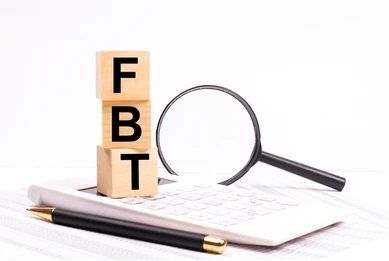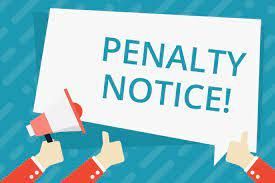Common GST coding mistakes to be aware of
It is common for businesses to make mistakes when it comes to goods and services tax (GST). As a result of those mistakes, businesses may underpay by claiming credits to which they are not entitled, or they may overpay the ATO. It is important to understand some discrepancies that may arise whilst you, as a businessperson, are reconciling your accounts.
Below are some common mistakes to be aware of:
1. Not every business expense includes GST. The following purchases won’t have GST attached:
- Bank fees & interest payments
- Most basic food items and medical supplies
- Council & Water rates
- Most motor vehicle registration fees
- Stamp duty
- ASIC fees
- Land Tax
- Donations
You are attempting to recoup unpaid GST if you claim credits on these expenses. Always check whether a supplier invoice includes GST before you claim a credit.
2. Claiming GST twice
It is common to report the same income or expense twice. Below are some examples when this may occur:
- Financed purchases: a business buys an asset (e.g., a vehicle), and claims the full GST credit up front, then later claims GST on each finance payment. Finance repayments do not include GST as this has been accounted for with the purchase of the asset.
- Duplicated sales entries: a business accidentally records the same sale twice and pays double the GST it collected.
These errors overstate your GST and cause the business to either pay more to the ATO than it owes or to claiming a larger refund than the business is owed.
3. Mixing Business and personal expenses
- Claiming GST on personal purchases: GST credits apply only to business expenses.
- Not splitting business and personal use: if you buy a laptop and use it 50% for personal use, you can only claim the 50% of GST used for business purposes.
Most businesses should have a drawings / loan to director account in their software to account for personal expenditure from the business.
4. Claiming GST credits on non-registered suppliers & contractors
When a business claims GST credits, it is crucial to confirm that the supplier or contractor they have paid is correctly registered for GST.
- Use of the ABN lookup website (https://abr.business.gov.au) can confirm whether the supplier or contractor is registered for GST.
- If they are registered, GST credits can be claimed on the expense.
- If they are not registered, then there is no GST included in the total price and the expense must be recorded as a ‘GST-Free’ expense.
How to maintain GST compliance?
- Ensure your accounting software is properly configured for GST (refer to prior GTP blog articles that outline GST codes), and although an account may be GST inclusive, some transactions will need to be manually changed to GST free in line with expenses that do not attract GST.
- Keep valid tax invoices for purchases (even attach these to their corresponding transactions in your software)
- Separate business and personal expenditure
- Reconcile GST accounts regularly
- Ask for help when needed (contact your accountant)
Get in touch with your Accountant for any queries.
More GTP Articles






